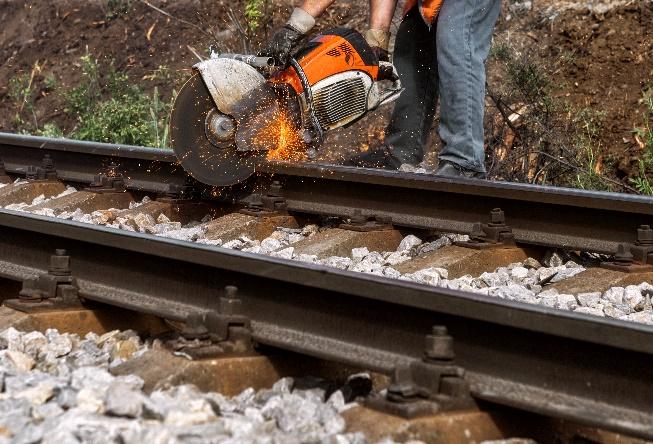
As a railroad worker, you may repeat the same physical tasks day in and day out. Even though these physical movements are seemingly not-so strenuous, their repetitiveness is what makes them dangerous. That is, they may cause cumultative stress injuries, such as a whole body vibration injury, to surface. With that being said, please continue reading to learn how whole body vibration injuries can be prevented and how one of the experienced cumulative stress injury lawyers at Hildebrand McLeod & Nelson LLP can support you if you ever incur one.
Why might a railroad worker incur a whole body vibration injury?
First of all, as the name insinuates, a whole body vibration injury is typically brought on when vibrations are transmitted to the body, prompt ligaments to tear and joints to separate, and ultimately cause serious damage to organs and bodily systems. So, railroad workers tend to be made vulnerable to this injury type after spending years standing or sitting in a vibrating locomotive that bounces and sways over miles of railroad tracks. Also, from years of handling powerful, vibrating tools and machinery during railroad work.
Whole body vibration injuries are associated with serious health concerns. For one, a railroad worker may experience musculoskeletal issues, including back pain and spinal degeneration. Also, this may affect the blood flow throughout their body, further leading to reduced grip strength, or worse, an increased risk of cardiovascular disease. This is not to mention chronic fatigue, headaches, and even digestive problems. In a worst-case scenario, this injury may constitute a permanent disability.
How can a railroad employer prevent whole body vibration injuries?
While remiss to admit it, railroad companies know or should reasonably know the connection between railroad work and whole body vibration injuries. With that in mind, employers should take reasonable preventative initiatives.
For example, they should work to acquire vibration-reducing seats and features on locomotives and heavy machinery that workers tend to stand or sit in. This should be in addition to providing each worker with anti-vibration gloves and other helpful safety gear and equipment. They should also allow workers to take the necessary breaks away from such repetitive tasks that limit exposure time to possible cumulative stress injuries. Lastly, it does not hurt if they encourage regular health screenings to ensure workers are not on a path toward such a long-term or even permanent injury.
With all that said, you may now realize that your railroad employer did not execute their due diligence in preventing your whole body vibration injury. In an instance such as this, you may have valid grounds to initiate a Federal Employers’ Liability Act (FELA) claim against them and seek recovery for the damages associated with their injury diagnosis.
If you need help with executing this, do not be afraid to reach out to one of the skilled FELA lawyers. Our team at Hildebrand McLeod & Nelson LLP is more than capable and eager to assist you in your upcoming legal proceedings.


